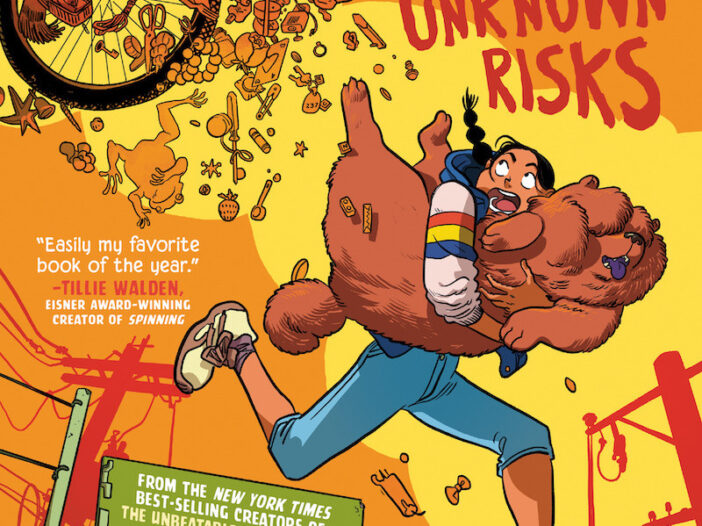
Ryan North and Erica Henderson on Danger and Other Unknown Risks | Interview
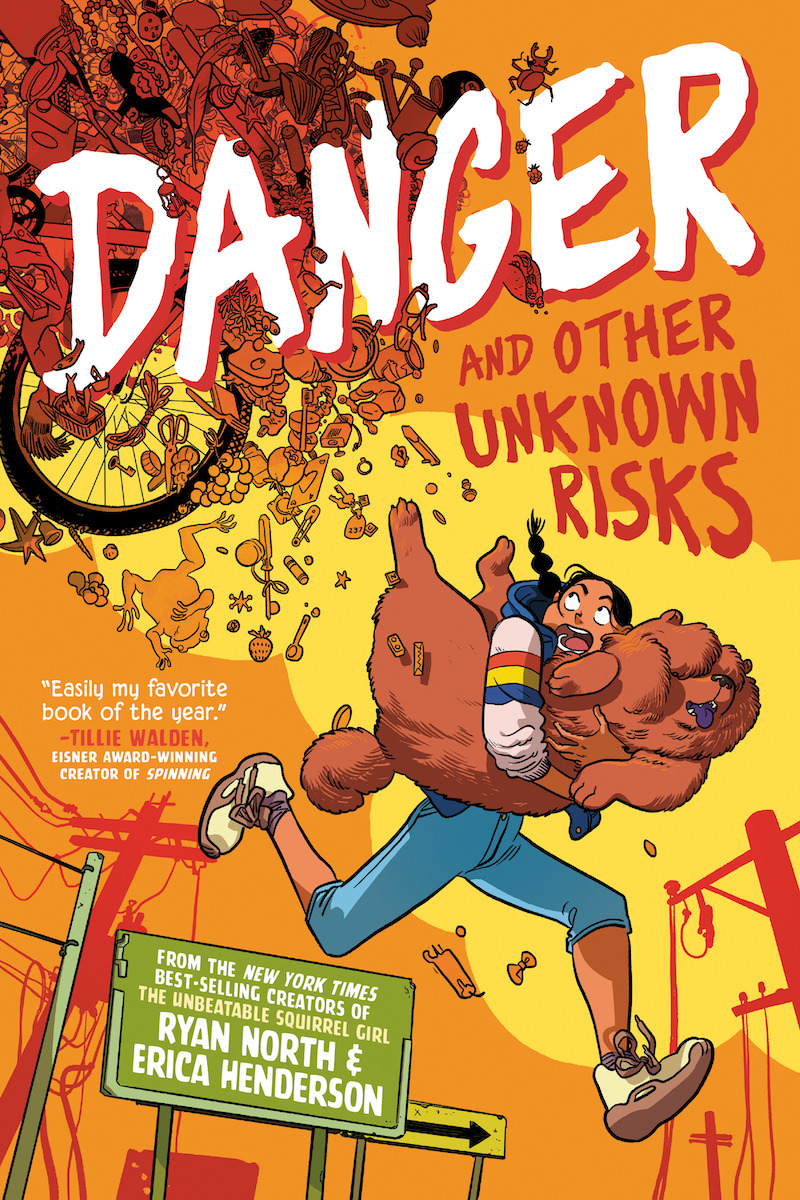
As the clock struck midnight on January 1, 2000, something much wilder and more unexpected than Y2K happened—the world as we knew it ended. Everything electrical stopped working, while magic became real. The new world splintered into many different realms, and in each of these realms magic—and everything else—seemed to work a little bit differently. Meanwhile, a dark magic was creeping in, destabilizing and threatening this fragile new world.
That’s where Marguerite de Pruitt comes in. She’s literally the chosen one and has spent her entire life training for a quest to gather the three magical totems her magician uncle needs as spell components to defeat all of the dark magic once and for all. Armed with a magical jar of holding and one (1) magic spell of her own, Marguerite and her talking dog companion Daisy are going to save their new world.
ADVERTISEMENT
ADVERTISEMENT
That’s the basic premise of Danger and Other Unknown Risks, the new graphic novel from the Unbeatable Squirrel Girl team of Ryan North and Erica Henderson. We spoke to the pair about their new collaboration in a wide-ranging but totally spoiler-free interview.
First of all, what was it like working together again after so much time apart?
Henderson: I’m not sure I would really call it time apart. We’re still friends and we still kept in touch. It’s also a really different experience working on a book like this where we have time to sit down and explore rather than being part of a production line. It was a different work style for the two of us together, and then it wound up being a different work style altogether that, I think, ultimately worked out really well for us.
North: Yeah, it was more “hey, you wanna do a book together?” and deciding yes. So it wasn’t like we were starting from scratch in that collaboration—we already knew each other and our interests, and we just started having phone calls, throwing around ideas, trying to narrow it down from “oh my god we can do anything” into a story that we were both excited about telling. So it was good! It was good.
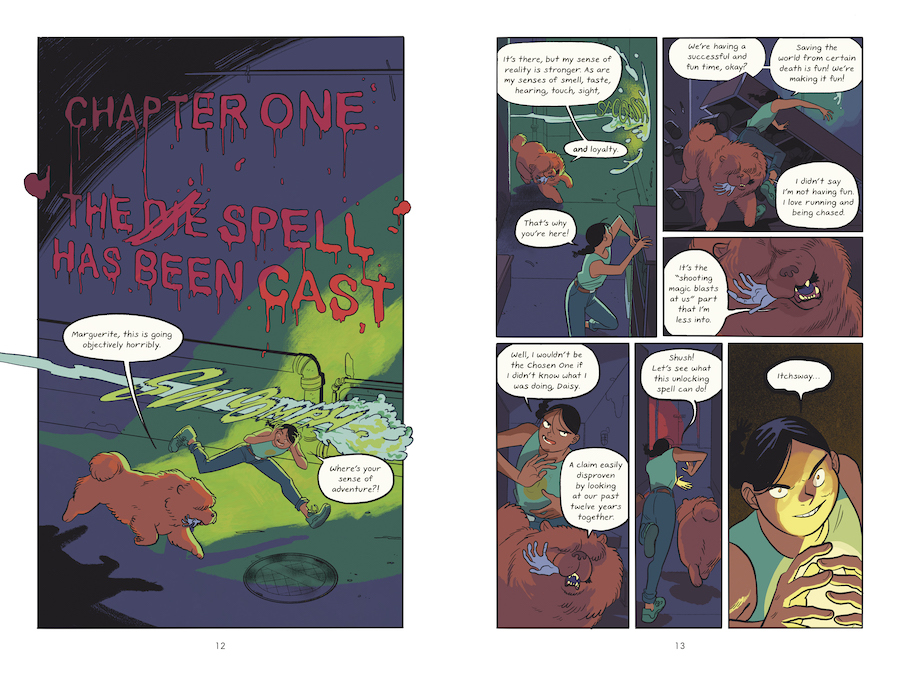
Other than familiarity with one another from your previous collaboration, are there particular or perhaps unique strengths you find in one another as a collaborator…? And I apologize in advance if that question just sounds like a prompt for you to compliment one another.
Henderson: We came up with the story together over many long phone calls, and then passed the script back and forth, stripping and rewriting as we saw fit. I think the main strength we had here was the ability to do that at all. Most people would not be very happy to have someone go in and change everything around and we kept doing it to each other. It’s an astounding level of trust in the other person.
And when I say change, I mean really change. Jacin wasn’t in the first draft kind of change. There was a love triangle in draft two or three. The specific very spoil-ery location of the finale didn’t appear for a long time. We each have our strengths and weaknesses but I think what made this special was a mutual openness to tearing everything apart and starting over on entire concepts.
North: Yeah, I’d never worked with anyone that way before, and it’s not something I’d recommend to do without someone you respect and trust, because you’re totally opening yourself up completely. But it made the book feel like something that’s bigger than the both of us, more than just “Ryan plus Erica” and instead written by this other entity, “RyanandErica,” who has all of our individual strengths and none of our weaknesses.
It was wild! The final version was something like draft 23, which is not how books are normally written, but that exploratory process really helped the book. It meant that we had answers for every question, even questions that were no longer in the book—so little background details had meaning to us and could gesture towards a larger world that’s fleshed out way more than it technically “needs” to be for this story. It makes it feel lived-in, feel real.
Of course, the sheer time to do that was something we didn’t have with a monthly book, where you have a firm deadline —so it was really nice to be able to stretch out and write the book this way.
I want to be careful about how we talk about the book so as not to spoil any of the
surprises in it, as it’s a very spoil-able book, but can you tell us in broad strokes about the
genesis of the idea for it, and the initial planning for the writing? Did you come up with the plot first and go from there, or the idea of a world where magic was suddenly real, or…?
Henderson: We started with a complete blank slate. We just knew we were making a book. So many random ideas were thrown at the wall. We’d just throw something out, talk about where it could go and then it would fizzle.
One constant though, was that Ryan kept saying “and there should be a talking dog”; so at one point I said, okay. Let’s start there. Once we had that little seed, the rest could germinate. What sort of world would a talking dog be in? It was understood that this would be a pet, or companion, so then you ask whose pet? Once we had the where and the who, we could start coming up with stories for these characters in this place.
North: On one of the calls we were chatting back and forth, and we sort of brushed against a thought I’d been having a lot lately. So spur of the moment I challenged Erica to explain why her country, America, a nation famously founded on explicitly rejecting the divine right of kings to rule, would be so endlessly enamored with stories where someone is special because of who their family is (*cough Star Wars cough*!)
She said something like “you know, if you’re so passionate about things like that, maybe we
should start thinking about it more for a story…” and that became one of the big ideas of the book—of taking the chosen one narrative and really looking at it, really examining the kind of stories the idea of being a Chosen One wants you to tell. So that was one of the themes that got set early on that helped shape the story, helped define the sort of thing we wanted to explore.
And also, in the middle of all this heavy philosophizing, there should be a talking dog.
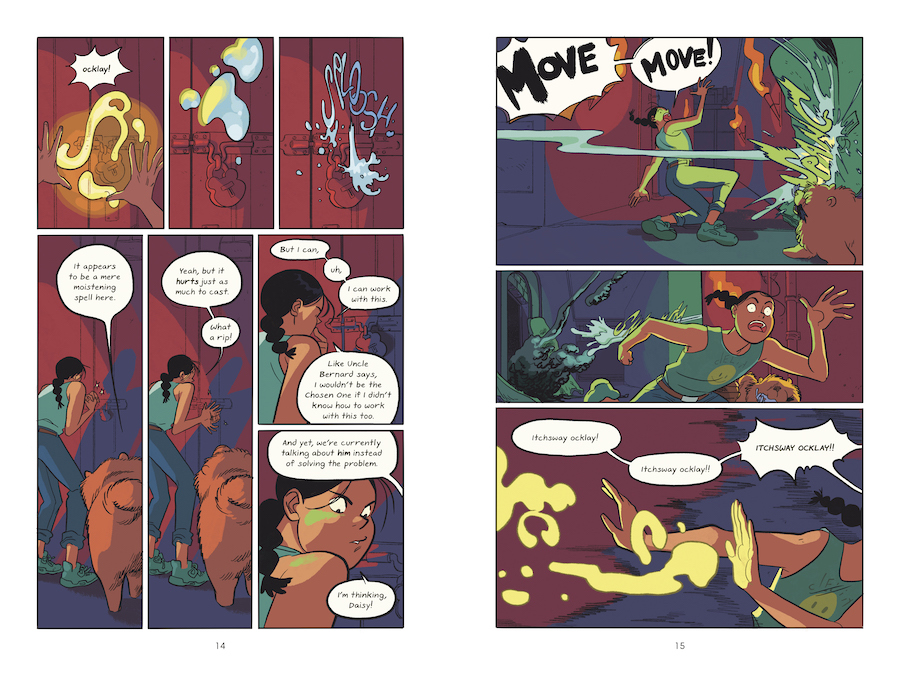
One of the interesting aspects of the book is that the villain of the piece is somewhat
relatable…at least, the idea of keeping the world the way you’re comfortable with rather than seeing it radically changing isn’t, like, a completely alien concept. Was it important to you guys that the characters not be purely black and white in terms of their morality or desires?
Henderson: It was important to me that our antagonist not see themselves as a villain. I’d say it’s rare for someone who does terrible things over and over again, without coercion, to think that they’re a bad person.
I know that I did a lot to soften the character, not because I believed there was a glimmer of goodness in them but just because I’ve struggled a lot more with these types of people and it was really important to me to see them on the page. Most people would agree with a statement like “doing the right thing is difficult”; where we differ, and be monstrous to each other, is in our own understanding of what’s right.
North: It’s true, and this is one of those cases where Erica and my collaboration helped a ton. I was approaching it as “okay, this is a choice of which is better, keeping things safe or changing them, and we need to answer that question, and once we answer it that answer should be explicit in the text”—and Erica did a lot to not make it feel didactic, to not have good guys and bad guys with such hard edges, to see that we’re all human and we all have these human motivations muddled up inside us.
And it works! It gives us a villain that’s got a point of view, and he’s against what the heroes believe, but it makes them all relatable, so you can see a little bit of yourself in all of them. Or at least that’s the hope!
Is the villain’s plan a commentary on pop culture specifically—that’s one way it manifests in the book, at least—or of a particular drive in society as a whole, or am I simply reading too much into it?
Henderson: It’s not something that we talked about at the time, but have come to the conclusion after the fact. Pop culture at the moment is very recursive, but I tend to blame that more on the people making decisions about what to put out more than anything else.
At the time, it was more a signifier of the moment in time. It was also a callow marker of progress: Humanity reached its technological peak not because of medical breakthroughs and connecting people globally but because the Wachowskis brought us bullet time in 1999.
North: For me, I think nostalgia is a dangerous thing. I’m not immune to it at all, and I will gobble it up when it’s my things that are being catered too, absolutely but it’s not really how you move forward, you know?
I remember being a teenager and seeing all these problems in the world and thinking “when we’re in charge, me and all my friends, things are going to be different”. And now our generation is the one with the power and we’re doing a ton of nostalgia with it, bringing back the things we liked when we were kids. It kinda feels like a missed opportunity—we have the storytelling reins for a generation, and we’re telling the exact same stories that were told to us when we were kids. We can aim for more!
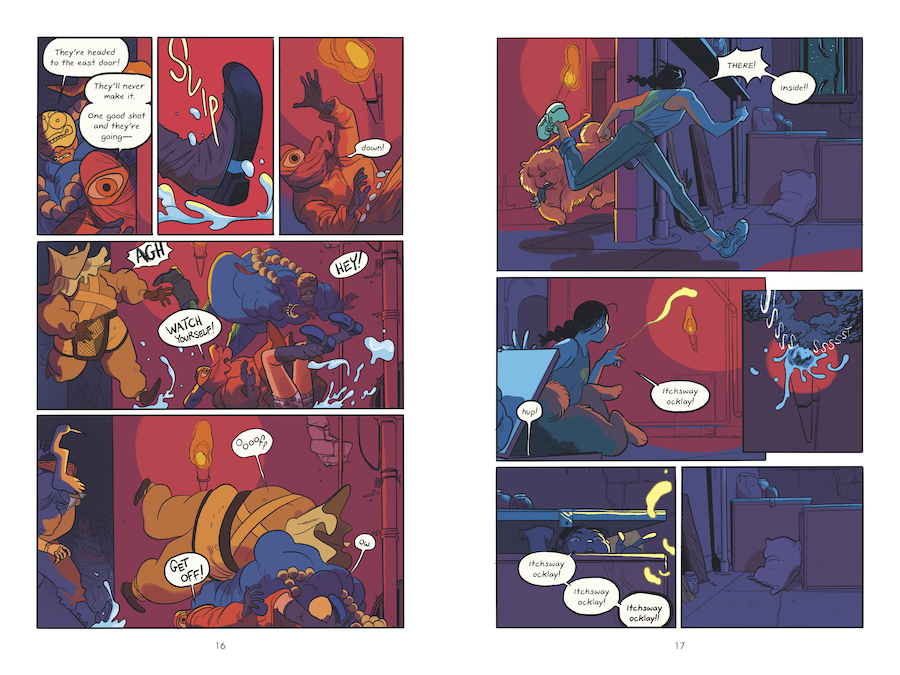
One other interesting aspect of the book was seeing a store like Walmart through the eyes of residents of a very different future like Marguerite and Daisy; was conveying the overall amazing-ness of modern society, when you stop and think about it, a story-telling priority or, again, am I reading too much into it?
North: Part of the fun for me as a writer is always to other something, to hold it in your hands like you’ve never seen it before and really look at what you’ve got. You know, instead of saying, “I’m tired, I’m gonna go hit the hay, see you tomorrow” you can say, “I’m tired, I’m gonna go lie down and vividly hallucinate things, most of which I won’t remember but some of which may be terrifying enough to wake me up, all while my brain washes itself in cerebrospinal fluid. See you tomorrow!”
Same idea, but one really gets you to think about what’s going on in a new way. I figured characters who had never seen how the world used to be would be a great way to have fun with that, to show the easy carefree abundance that’s become invisible to us.
Henderson: Part of that was my second-hand experiences with immigrants growing up. How close we all are to a lifestyle that many Americans only read about in history books. My mother grew up during China’s cultural revolution. The way she described day to day life in the 1950s was pretty different from my father’s in Pennsylvania.
A childhood friend talks about how her grandmother in Honduras was the first person in their city to keep toilet paper in the house year round (usually reserved for parties, put out like a
pile of squares) and people thought she was putting on airs.
I wanted to point to the marvels, while also poking at it a bit. There’s a panel in that chapter where Daisy, in response to the marvels of the “modern” age says, “Truly it was an age of giants” while looking at a singing Billy Bass. Marguerite bites into a prepackaged cupcake and is shocked by the weirdness of it. I’ve got mixed feelings on the subject!
Erica, I always ask about character design because I’m fascinated by the process of characters someone is going to draw hundreds of times coming into being and finally becoming their final selves. Can you tell us a little bit about the process for this book? What went into drawing Margureite and in designing the villain, especially?
Henderson: Haha. Marguerite is really just younger me with shorter hair. Her story of going out into the world for the first time and learning things outside of the house is very universal but also deeply personal. At one point I had these much more fanciful designs for her costumes (the book took place 200 years in the future then) and when we wheeled it back I just looked at late 90s Walmart and Delia’s catalogs.
The important thing for the villain is that they not stand out. They’re innocuous. They want to be Comfortable. They’re not on some big campaign, they’re not trying to be noticed. They just want to ride out 20 years or so in non-restrictive clothes.
North: Ha ha, don’t we all.
How did you guys decide upon the particular breed of dog Daisy is? You seem to have chosen a visually striking one, and one that looks pretty fun to draw.
Henderson: We had a whole meeting about what sort of dog Daisy should be. The first question was “big or small”. Really that was the main question. Is this dog going to brawl? Defend? Crawl into small spaces? Need to be carried around?
I’m not sure where my page of “girls standing around with dogs” drawings went but I just drew a bunch of them to see if they’d help. I could not say which one of us said “big dog”.
It was also around that time that an archeology friend of mine told me about a friend of hers who had spent time in a Mongolian village where Chow Chows roam free. They’re half tame, half feral and belong to everyone and no one there. The town feeds them, they keep out predators. I was enchanted by the idea of this big ancient Chinese breed of guard dog, doing its own thing. Also they’re really cute.
North: I was at TCAF— the Toronto Comics Arts Festival—and a reader asked me why Daisy was a Chow. I told her the same thing Erica said here, and she replied that she thought that was the reason, that it was a good fit for a breed doing something that Daisy’s up to in this story. So that was really gratifying!
I’m impressed that Erica got so much emotion from Daisy, for a dog always has his fur
covering his eyes all the time.
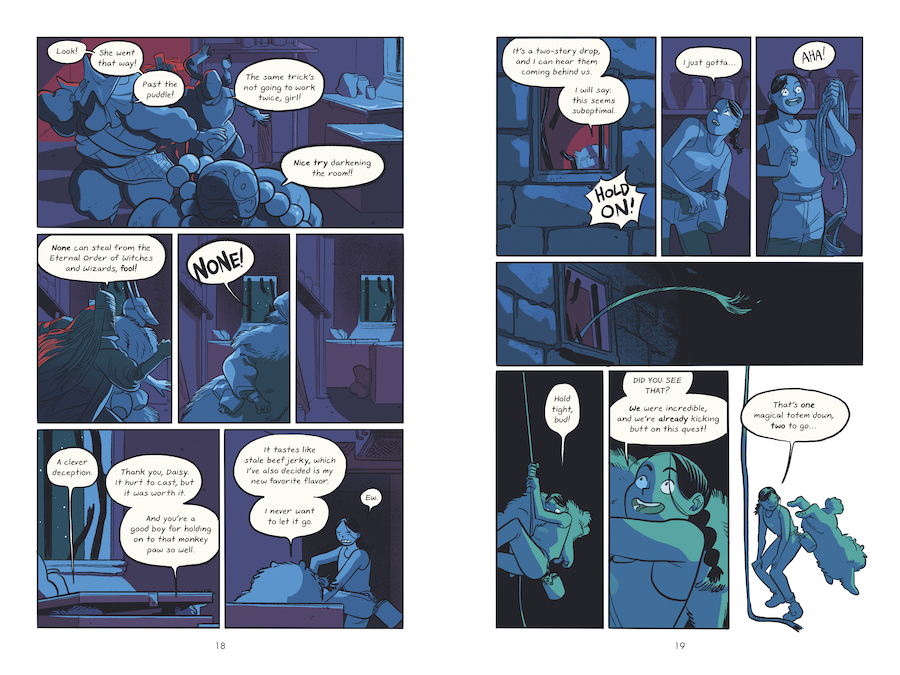
Erica, there’s a scene at the climax that you draw, a scene where Marguerite finally does
something she’s bluffed doing a few times previously, that my hand actually started to cramp at just marveling at all the stuff you drew. Was that as challenging as it looked? What were some of the challenges you faced in designing and drawing Danger…..?
Henderson: I wandered around my apartment looking at objects and seeing how big they were. I then just did Google searches of objects of a certain size. They needed to be X big and also be objects that the person they belonged to would want to keep around. That’s as much as I can say without spoilers!
The main thing with the book was that I wanted every chapter to be visually distinct. We talked about that some going in, where the travel aspect could take us to very different places, but for me, I wanted you to be able to open the book at random and know where you are. Each chapter has its own color story. Even different nighttime scenes (I think there are four or five) should feel different if they’re in different chapters.
All of the aspects of a comic are part of the storytelling and this was a chance to really take the
reins and make sure it all flowed properly. Individual balloons didn’t have too much text. I planned the text layout and drew the balloons because just as much as the images in the panels should flow one into the next, the placement of text is part of that as well. You decide where people’s eyes go.
North: I remember getting the pencils for that page and being super impressed, and thinking “Well, Erica won’t want to do that twice”—and then she kinda did for the opening splash of the book.
So Erica is simply unstoppable, and that is the moral of this chat.
What were you guys doing on December 31, 1999, and did you have any fears or concerns that the changing of the millennium would bring about some dramatic, dangerous changes?
Henderson: Haha. I had no concerns whatsoever. I was at home. It was just a seriously weird time for me, seeing all this very apocalyptic news that made no sense.
North: I was the exact opposite of Erica. At the time I worked for Emergency Preparedness Canada, and our mandate was to make sure the government systems were ready for Y2K. I was just a student, of course, but I got to travel across the country applying some Windows patches to the provincial offices of EPC. Then the night of the rollover I got to spend at EPC headquarters in Ottawa, where if anything DID go wrong, we’d be the nervecenter.
Of course nothing went wrong, and nothing was going to go wrong, and we all knew that—especially since Y2K arrived overseas long before it came to North America. But I
got paid to stay late in a cool movie-style headquarters and be in the coolest place to be if anything went wrong, and then when I walked home at 7 a.m. on January 1st , 2000, it was through a deserted city, quiet and still, where I didn’t see another human all the way back home.
It was a really special, unique experience, and I’m really glad I got to do it, so thank you Late 90s Media for completely losing your mind over a date bug. Planes were never going to fall out of the sky and ATMs were never going to start spitting out money, but your fearmongering did lead to a cool moment at a fun job.
What are the chances of you guys revisiting Squirrel Girl in the future; is that something that would be of interest, or do you feel like you’ve said everything you have to say about the character?
Henderson: Well, that’s not entirely our decision. I think if we were asked to come back, we’d have to sit down and think of what the new direction would be. I certainly wouldn’t want to just pick up and keep doing more of the same. She’s one of the few relatively unexplored characters, so there could be places to go with her.
North: Haha, Erica’s answer is really good and is mine too as it applies to comics, but I did recently write the whole script for Squirrel Girl: The Unbeatable Radio Show, which brought the comic storyline into a podcast form, picking up right where the comic left off. (It’s free! You can listen to it right now! It’s got an amazing cast and is so cool!).
But I do actually feel the way Erica does—you don’t want to repeat yourself, but telling her story in a new form—where there’s more unanswered questions, and different types of stories you can tell, it was an exciting opportunity, and I’m really glad I got to do it. It didn’t feel like more of the same, it felt like something new with a character you love—and hearing the actors bring her and the supporting cast to life was amazing. I am a big Star Trek fan, and when John deLancie played a role in our show and told me he liked the script, I died. I am dead now. I am a skeleton man.
Can you tell us what you’re each currently working on, or what you might have in the pipeline?
Henderson: I just finished another book with Alex DiCampi (our last collaboration was Dracula, Motherf*cker! In 2020) called Parasocial that will come out in October of this year. It’s a little thriller about how much we actually know each other and ourselves. And I’m starting a book with Tze Chun at TKO and another with Nadia Shammas at Abrams.
North: I’m writing Fantastic Four for Marvel (where you mayyyy see a little Squirrel Girl cameo in Issue #8 if you look closely), and I’ve got a few creator-owned projects that aren’t announced yet. My website at ryannorth.ca always has the most up to date details on what I’m up to!
My most recent book of nonfiction is called How To Take Over The World and it’s a funny and educational book all about how to pull off supervillain plots in the real world. If that sounds like it’s up your alley, check it out!
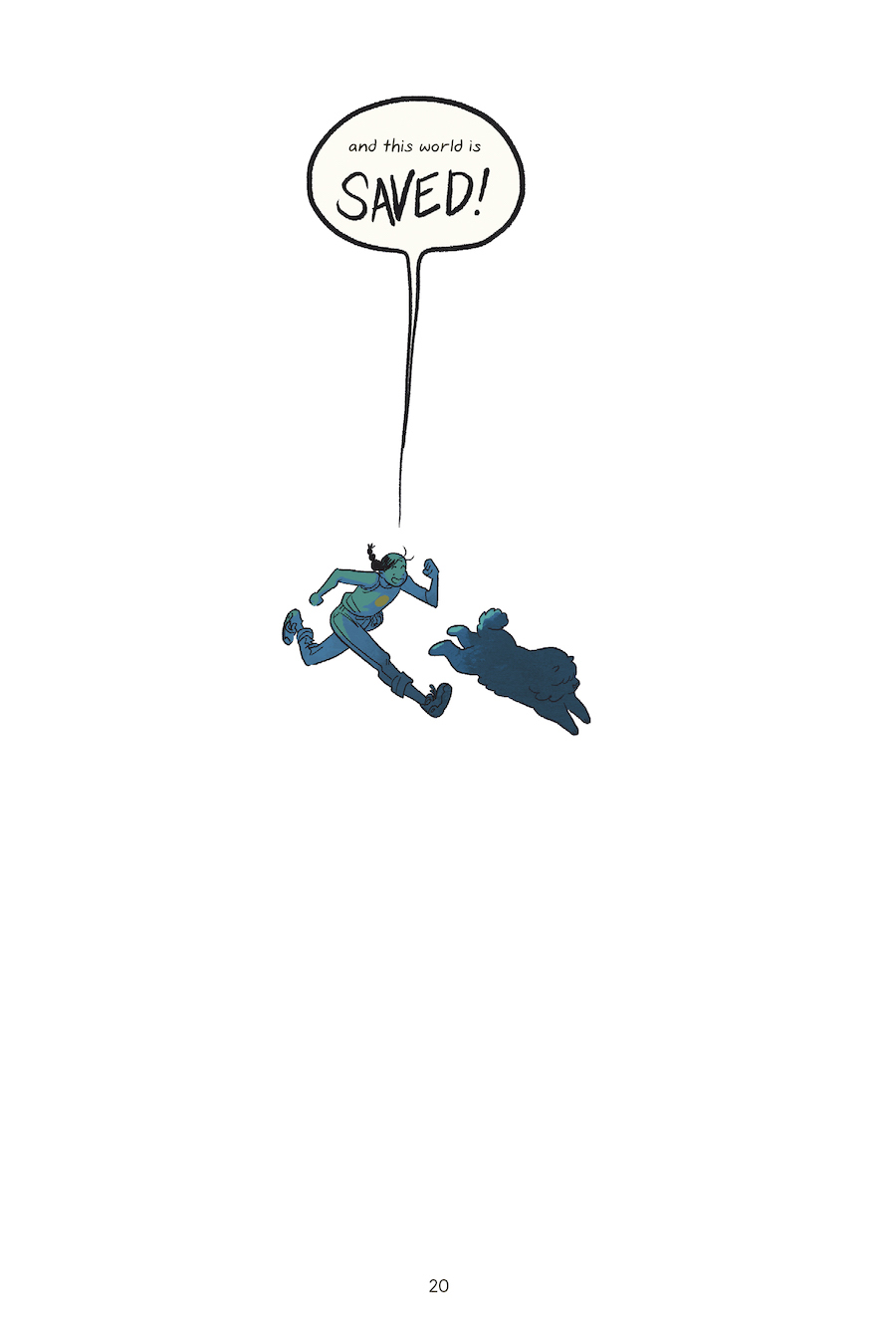
Filed under: Interviews
About J. Caleb Mozzocco
J. Caleb Mozzocco is a way-too-busy freelance writer who has written about comics for online and print venues for a rather long time now. He currently contributes to Comic Book Resources' Robot 6 blog and ComicsAlliance, and maintains his own daily-ish blog at EveryDayIsLikeWednesday.blogspot.com. He lives in northeast Ohio, where he works as a circulation clerk at a public library by day.
ADVERTISEMENT
ADVERTISEMENT
SLJ Blog Network
One Star Review, Guess Who? (#202)
This Q&A is Going Exactly As Planned: A Talk with Tao Nyeu About Her Latest Book
Parsing Religion in Public Schools
Take Five: LGBTQIA+ Middle Grade Novels
ADVERTISEMENT

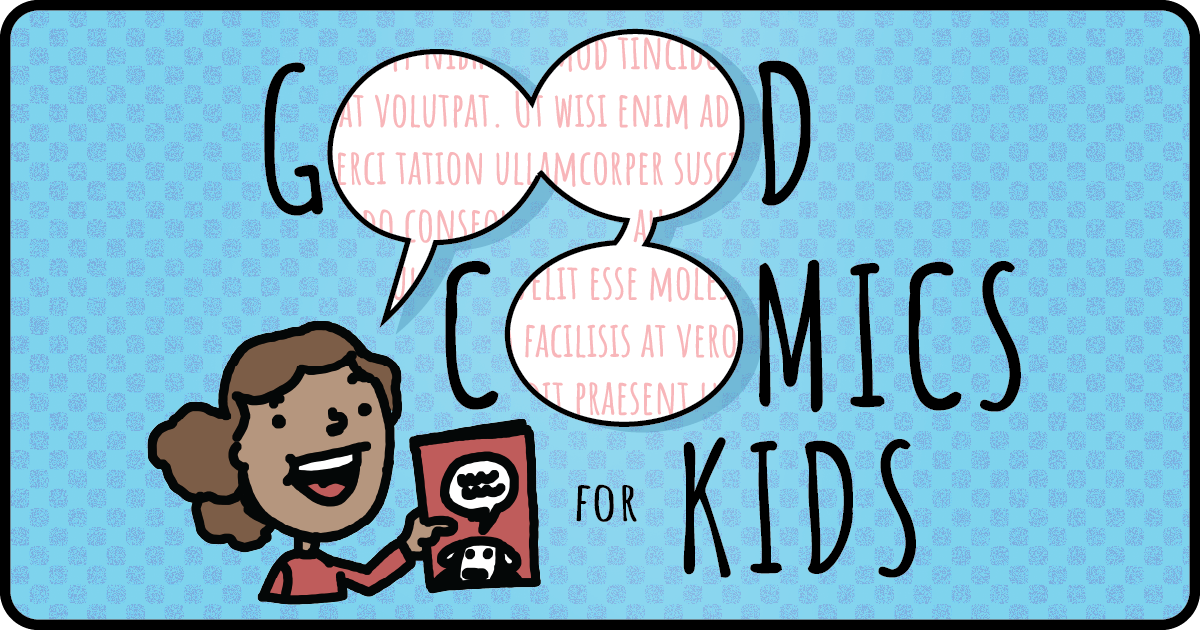

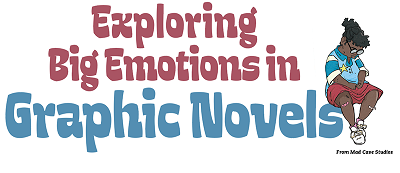
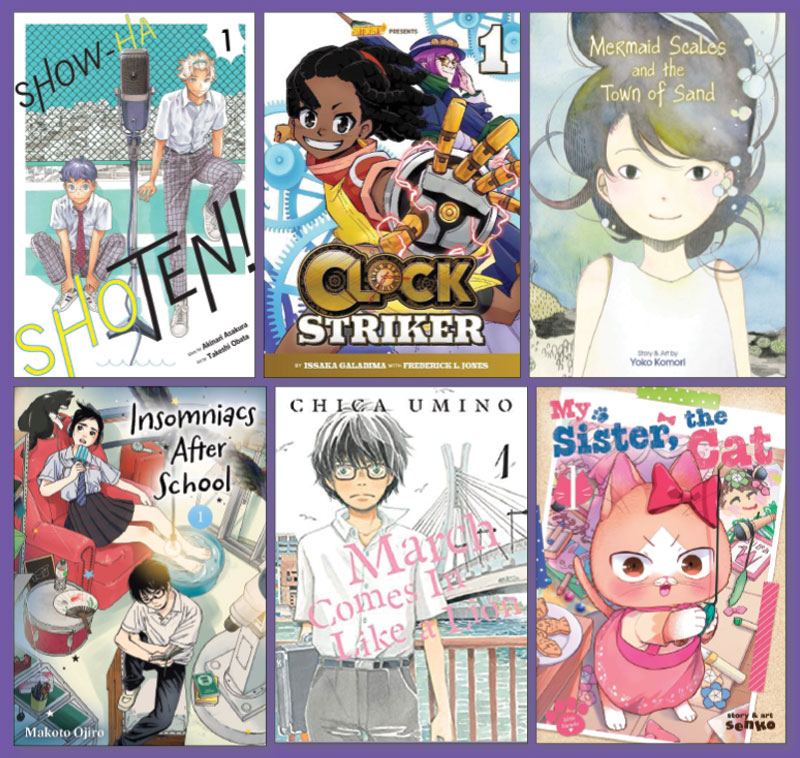
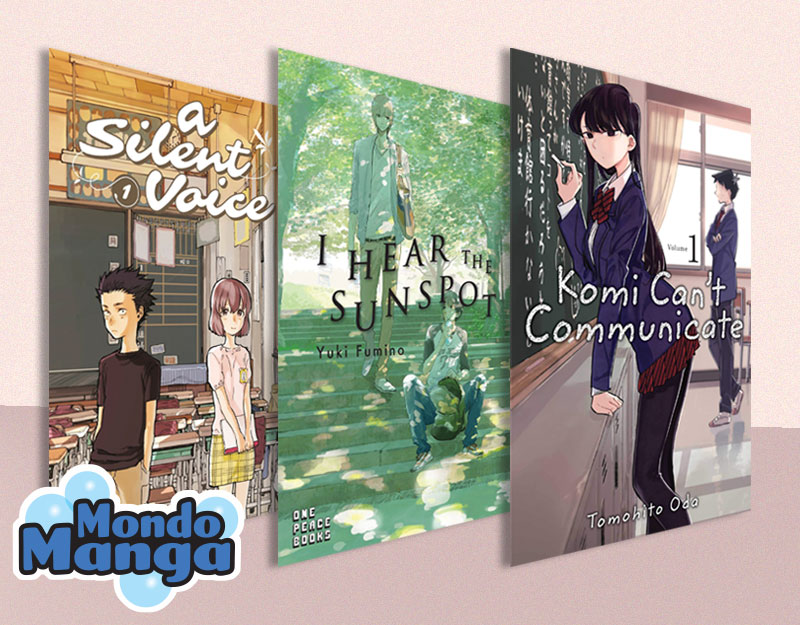
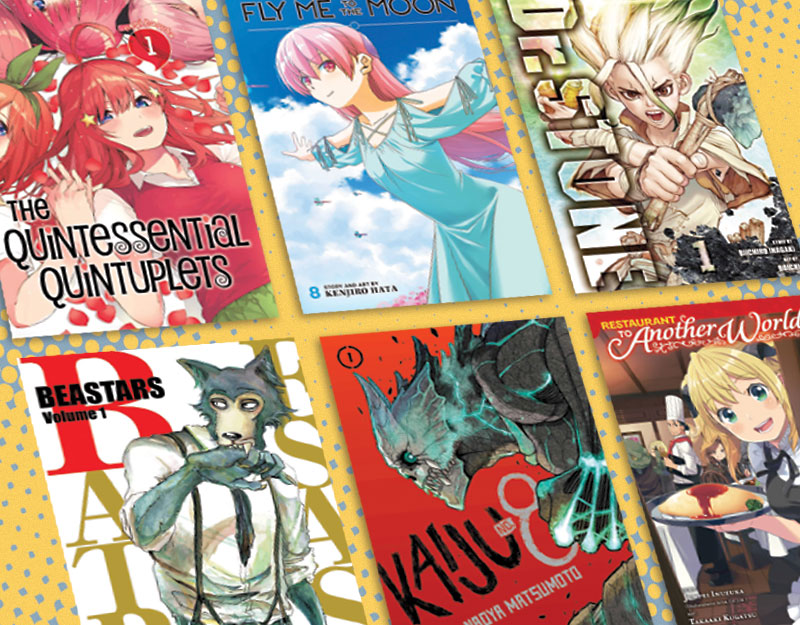
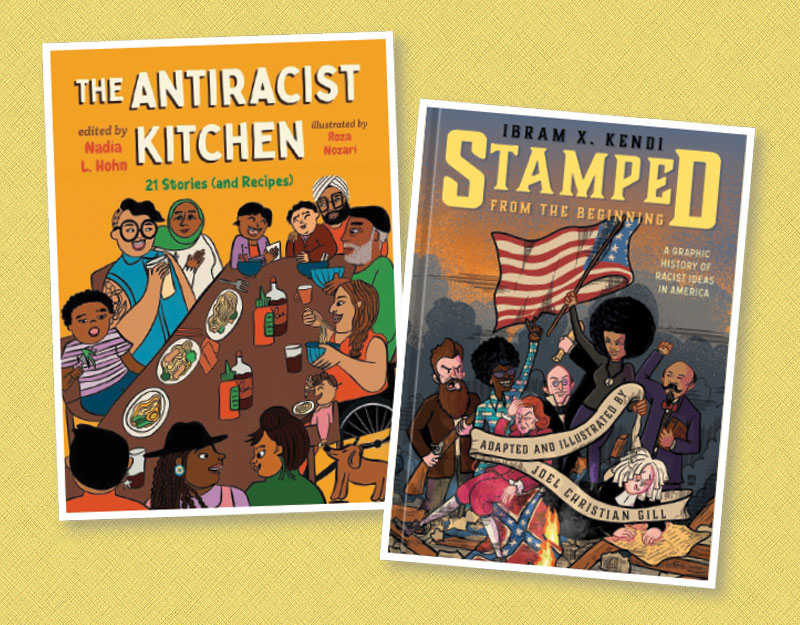
I recently read this book with my kids and we loved it.
These are two of my favorite creators and their Squirrel Girl is possibly the best Marvel series of all time? I highly recommend that you read it aloud with your kids before bed. Doing your best Werner Herzog voice for Brain Drain is great fun.